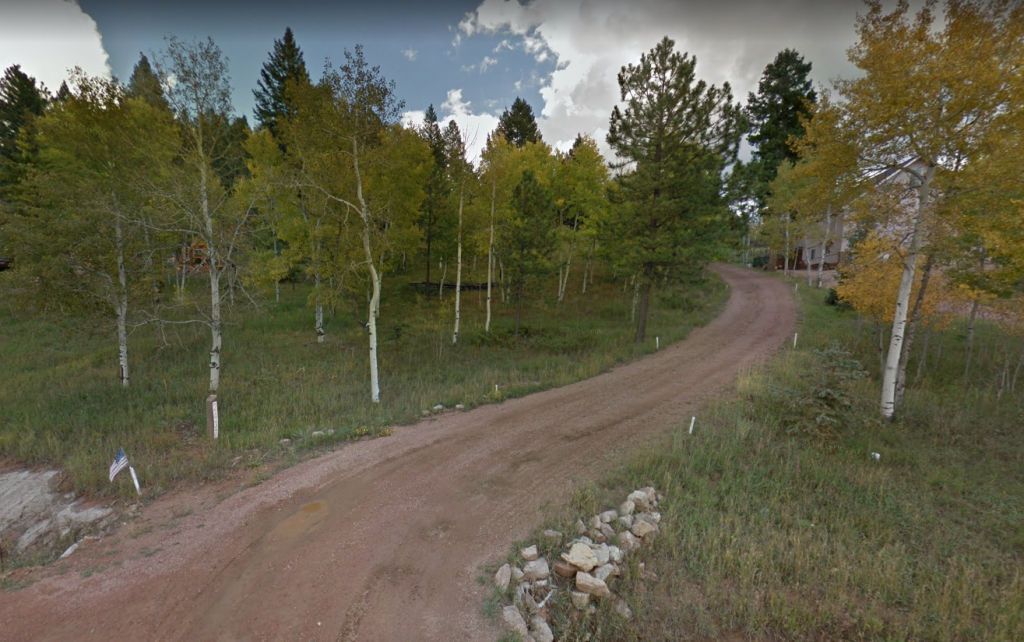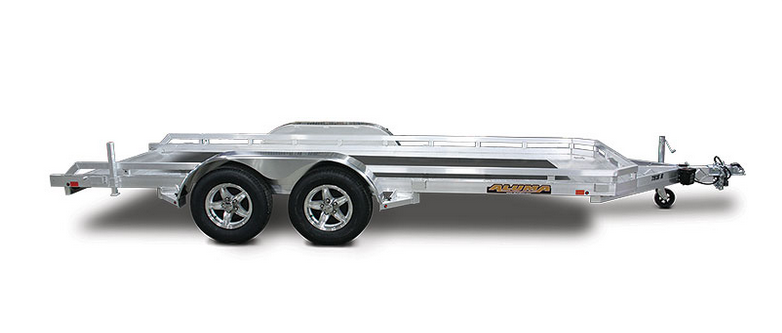A few years ago my wife and I became the owners of a brand-new 2017 31-foot Jayco Greyhawk class C RV. If you’ve never been an RV owner or driven large vehicles, adjusting to handling a large RV like this one is a real learning experience.

There are a million things to consider when making such a purchase. In our case, one of the questions was, “can we park it on our property?” We have an acre in the Rocky Mountains but most of the land is steep and not at all suited to parking vehicles. Our dirt driveway is about 300 feet long and curves uphill from the street. Near the top of the driveway is a spot that’s just big enough to park the RV, if we could get it up there. The only way to do it would be to back it up the driveway, as there is no room to turn it around once it’s up the driveway. Here’s what the first part of the driveway looks like from the street:

The driveway continues to curve to the left farther up, so it’s definitely not a straight shot. Nevertheless, it wasn’t that big of a deal to back the RV up and into its parking spot. Problem number one solved. Although the RV has a backup camera, it is basically useless for this operation. Side mirrors are much more useful.
(I should mention that the experienced drivers for UPS and Fedex either back their trucks up the driveway when making a delivery, or they walk up and leave their trucks on the street. Amazon Prime drivers seem to have less experience, as they have run off the side of the driveway more than once while trying to back down. I believe they’re trying to use their backup cameras instead of their side mirrors. One incident actually required a tow truck. So I cringe every time Amazon makes a delivery.)
The next problem to be solved has to do with towing trailers behind the RV. Almost always, when we take the RV out we are towing either a small trailer with our Polaris RZR (as seen in the picture above) or our 16-ft Aluma trailer holding our Subaru Outback. The ATV trailer is easy enough to manage–we can just tow it to the top and then push it into its parking spot–but the Aluma trailer is large and heavy and difficult to manage. Up to now we have pulled the Aluma trailer up the driveway with the Subaru, unhitched at the top, and then alternatively pushed it around by hand or hitched it to the ATV to turn it 180 degrees and push it back into its parking spot. It was tough work. Backing it up the driveway (to avoid the 180 turn) was just not possible.

An acquaintance suggested an alternative: put a hitch on the front of one of our vehicles and push the trailer up the driveway. Brilliant! We have a Toyota 4Runner well suited to the task, and I was able to find a front hitch for it:

I recently returned from a long RV trip where we pulled the Outback on the Aluma trailer, and finally had a chance to see if the front hitch would make it easier to get the trailer up the hill. The verdict: winner!! This arrangement made it so easy to push the Aluma trailer up the hill and right into its parking spot. This has saved me a lot of grief, and I no longer dread taking the Aluma trailer out with the RV.
The hitch itself was not difficult to install, but it does weigh quite a bit so having a helper would be a good idea. This one bolted to the frame with four bolts that were already present on the vehicle. Nothing on the vehicle needed to be modified. As always, depending on your vehicle make and model, your mileage may vary.
Using a front hitch makes maneuvering a trailer in and out of tight spaces (whether it’s one like ours, a camping trailer, or whatever) much easier. Give it a go if you suffer from trailer woes like we were.
